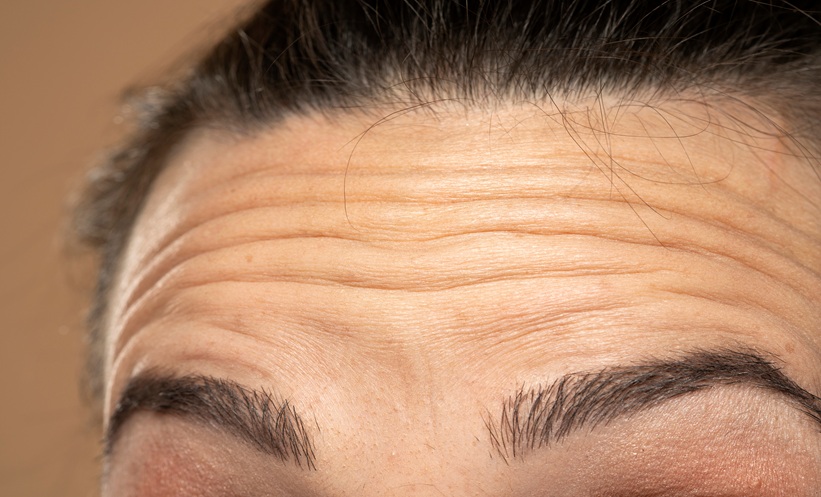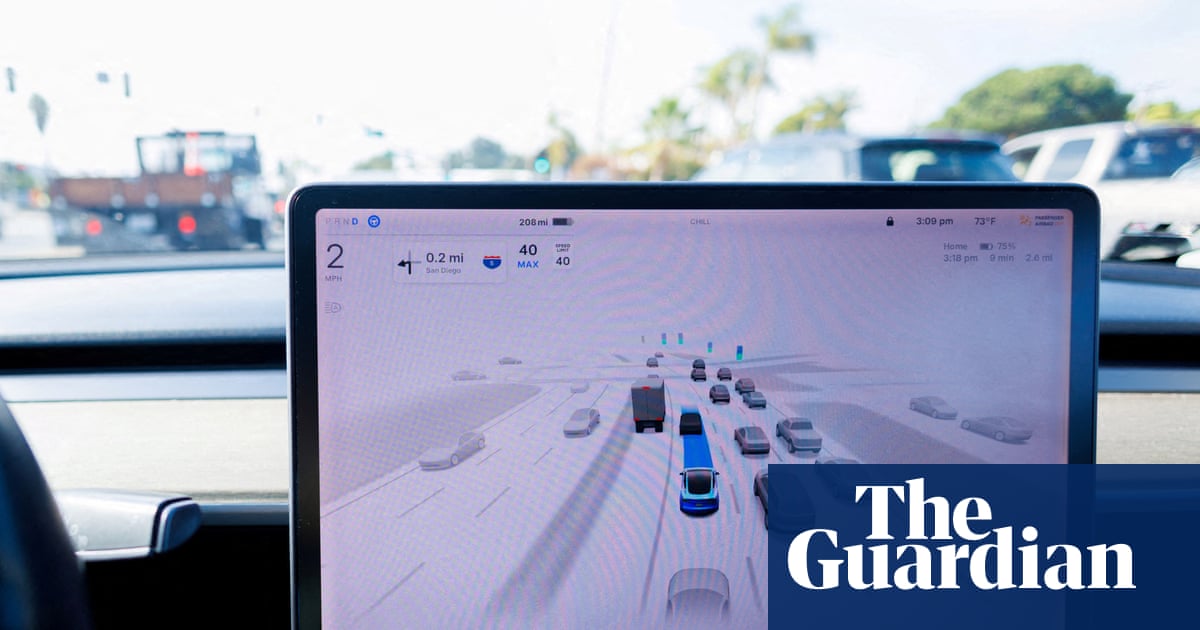AI Model Predicts Tobacco-Induced Facial Aging
A NEW AI-based simulator integrating dermatologist expertise predicts how tobacco use accelerates facial aging over 15 years.
Combining Dermatologist Knowledge with AI Modeling
Researchers have…

A NEW AI-based simulator integrating dermatologist expertise predicts how tobacco use accelerates facial aging over 15 years.
Researchers have…

In the world of high-end gaming headsets, the SteelSeries Arctis Nova Pro Wireless (8/10, WIRED Recommends) stands out with an impressive feature set and excellent audio. Right now, you can pick up the wireless model for just $300 from Amazon, an…
The search for traces of life can be based on the detection of specific signatures produced by microorganisms on sedimentary rocks.
Microbially induced sedimentary structures…

The European Centre for Disease Prevention and Control (ECDC) is urging the use of targeted prevention measures after four countries documented five cases of locally acquired clade 1b mpox, indicating community…
This request seems a bit unusual, so we need to confirm that you’re human. Please press and hold the button until it turns completely green. Thank you for your cooperation!

Apple’s popular line of Beats wireless headphones is the subject of a class-action lawsuit alleging that the devices don’t work as advertised for voice calls. The suit, filed in August in California, says that headphones under Apple’s Beats…

The US main transportation safety regulator said on Friday it is seeking information from Tesla about a new driver assistance mode dubbed “Mad Max” that operates at higher speeds than other versions.
Some drivers on social media report that Tesla vehicles using the more aggressive version of its full self-driving (FSD) system could operate above posted speed limits.
“NHTSA is in contact with the manufacturer to gather additional information,” the National Highway Traffic Safety Administration (NHTSA) said in a statement. “The human behind the wheel is fully responsible for driving the vehicle and complying with all traffic safety laws.”
NHTSA earlier this month opened an investigation into 2.9m Tesla vehicles equipped with its full self-driving system due to the dozens of reports of traffic-safety violations and crashes.
NHTSA said in opening the investigation it is reviewing 58 reports of issues involving traffic safety violations when using FSD, including 14 crashes and 23 injuries.
after newsletter promotion
Tesla did not immediately respond to a request for comment, but last week reposted a social media post that described Mad Max mode as accelerating and weaving “through traffic at an incredible pace, all while still being super smooth. It drives your car like a sports car. If you are running late, this is the mode for you.”
NHTSA said earlier this month that FSD – an assistance system that requires drivers to pay attention and intervene if needed – has “induced vehicle behavior that violated traffic safety laws”.
The agency said it has six reports in which a Tesla vehicle, operating with full self-driving engaged, “approached an intersection with a red traffic signal, continued to travel into the intersection against the red light and was subsequently involved in a crash with other motor vehicles”.
Tesla says FSD “will drive you almost anywhere with your active supervision, requiring minimal intervention” but does not make the car self-driving.
Tesla’s full self-driving, which is more advanced than its autopilot system, has been under investigation by NHTSA for a year. In October 2024, NHTSA opened an investigation into 2.4m Tesla vehicles with FSD after four collisions in conditions of reduced roadway visibility. The Washington Post had previously reported the agency’s interest in the Mad Max mode.